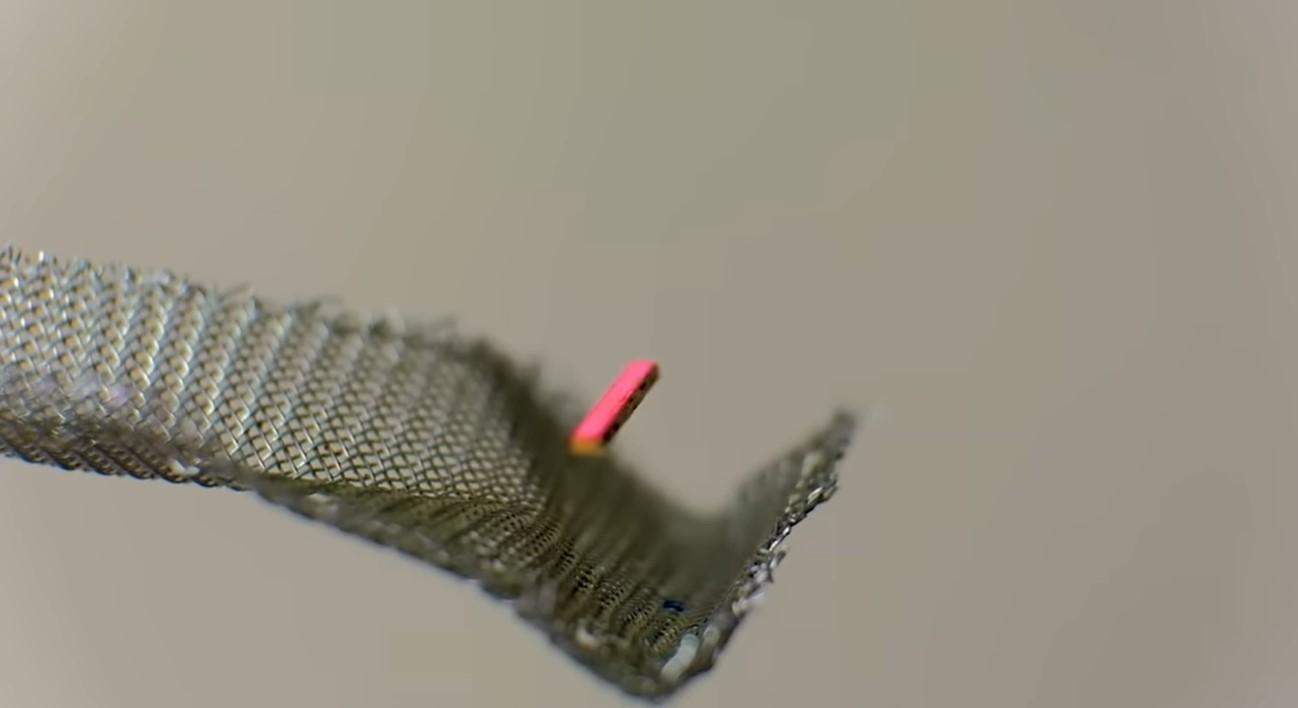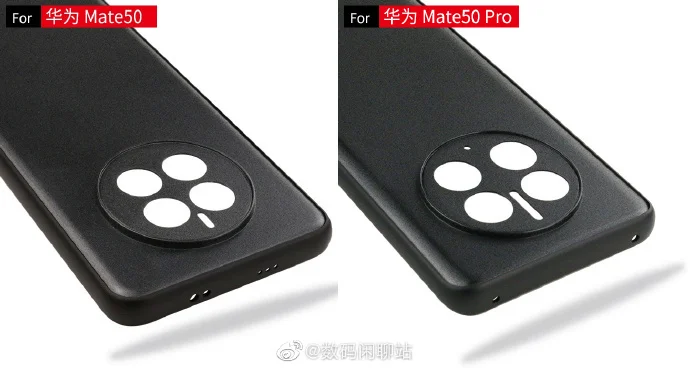How does an acoustic levitation system work?
The LeviPrint system uses acoustic manipulation to collect objects without physical contact: the acoustic field captures small particles, sticky drops and long objects. It can levitate them and change the position of the object in space.
How can it be applied?
The device prevents cross-contamination of materials, as it allows you to manipulate very small objects and parts, as well as liquids and powders. In this way, 3D printing can also be used to apply elements on top of already existing elements or to create structures within closed containers.
The application of acoustic levitation is nothing new or groundbreaking, but until now no one has succeeded in grasping and manipulating tall objects. The development of scientists from Spain paves the way for the rapid and contactless production of strong, light and complex structures with long sections.


Acoustic levitation allows you to manipulate objects without real contact/Screenshot
The device allows you to connect the components with a drop of glue. For this, a ball of levitating glue must be placed at the junction and a beam of ultraviolet light must be directed at it.
The ultrasound field can pass through fabrics, nets and other materials. To demonstrate the capabilities of the technology, the developers built a ship inside the bottle and controlled the particles floating in the air from the outside.
How the technology works: watch the video
In the future, inventors will add the ability to work with objects that levitate in the aquatic environment. It will then be possible to create complex structures in cell cultures and possibly inside living things.
Source: 24 Tv
I’m Maurice Knox, a professional news writer with a focus on science. I work for Div Bracket. My articles cover everything from the latest scientific breakthroughs to advances in technology and medicine. I have a passion for understanding the world around us and helping people stay informed about important developments in science and beyond.















